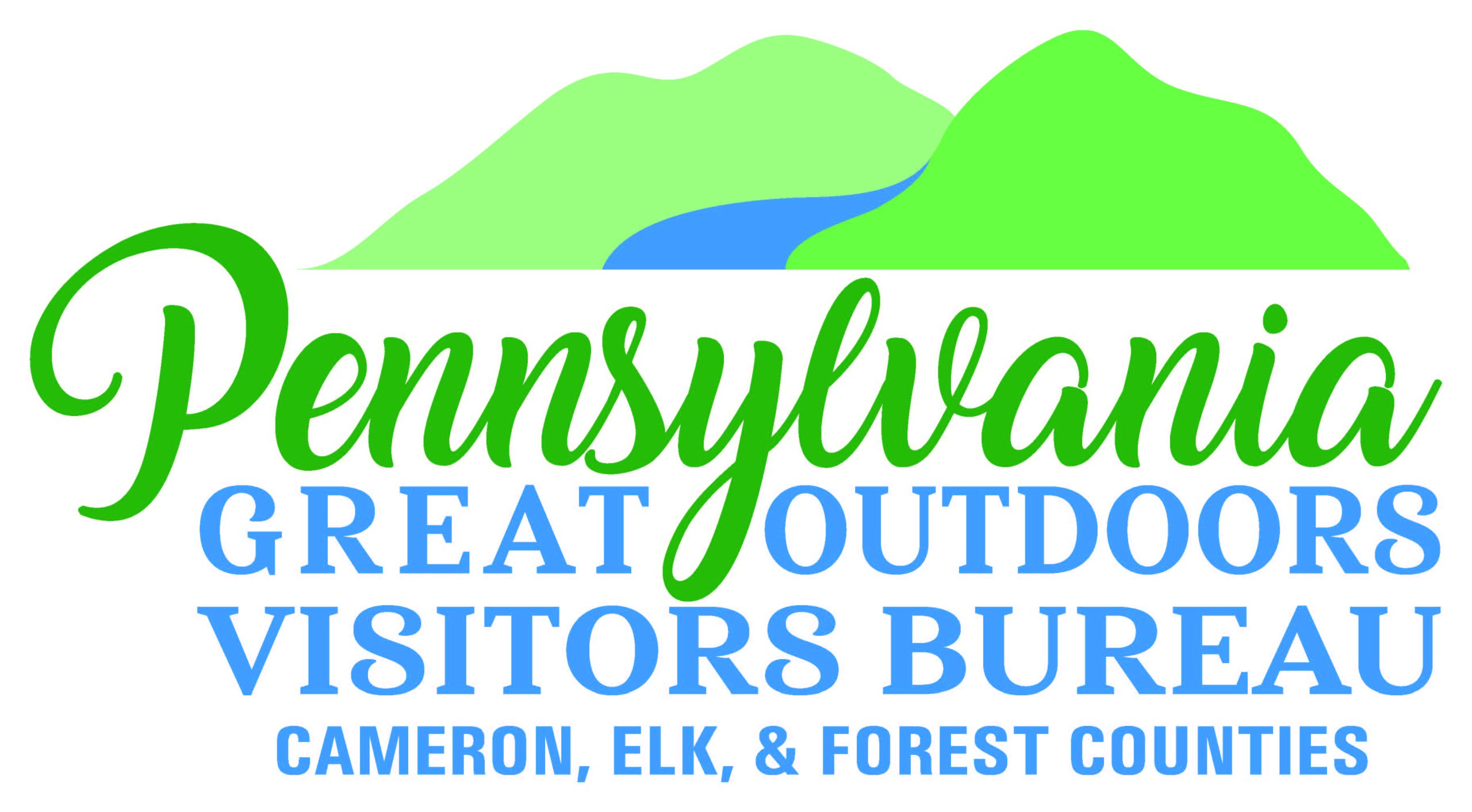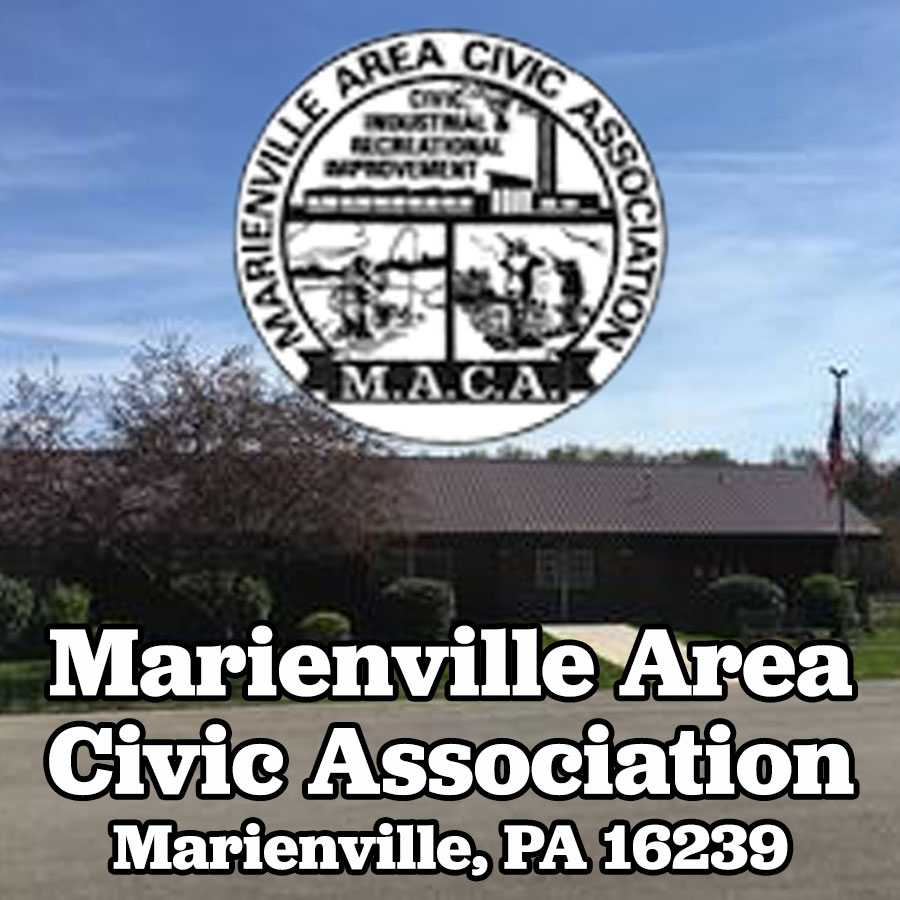By Bob Imhoff

Whistletown was a thriving little lumbering community situated off Route 219 between Ridgway and Johnsonburg. The sawmill was one of the oldest established sawmills of its kind in this part of the country. The village had a post office and a school. The own site was noted for its block cherry trees.
The original sawmill of “Old Whistletown” was a water-power plant built in 1846 by Cobb, Gallagher and Fisher. (Legend has it that Whistletown was so named because of the constant whistling of James W. Gallagher.) The sawmill was sold to Palmeter and Phelps early in 1848, and operated by them only one year, when W. H. Post purchased Mr. Phelps’ interest, and W. H. Schram obtained the contract to manufacture the lumber. Mr. Schram superintended the rafting of the lumber and after marketing it, ceased his connection with the establishment.
ln 1852 Post and Palmeter sold a one-third interest to Byron F. Ely of Ridgway, and the manufacture of lumber was carried on very extensively. After that, the mill was owned by Isaac Horton, Jr., who had G. T. Wheeler for a part owner. Afterward it was in the possession of Dr. Charles R. Earley, who tried to help the owners out of financial trouble. ln later years the Henry, Bayard and Compony of Philadelphia become the owners of the plant and owned the huge mill in Rolfe. John Nagle, who later lived in Ridgway, was its manager at one time. There were thirty houses in Whistletown at this time. ln May,1981, the headstone of Oscar Wahlburg, who died in April,1893, was discovered, indicating the possibility of a cemetery existing in the village.
William Bullock erected a mill a short distance away at New Whistletown in 1900. Elder M. Campbell also had a sawmill in the Whistletown area. He once lived in the house now originally owned by late Attorney John H. Cartwright at 244 Center Street in Ridgway. The mills of Bullock and Campbell were one and the same because William Bullock and Elder M. Campbell lumbered together on Powers Run and Birch Hollow, cutting the timber belonging to the Elk Tanning Company. Mr. Campbell later joined his brother, Joseph, who had lumbered at Loleta in Millstone Township, and went to Fairwood, Virginia, in 1906. ln the October 12, 1905 edition of the Advocate it noted that the old Campbell shingle mill at New Whistletown was destroyed by fire.
 ln 1876 the first schoolhouse was built at Whistletown, and Miss Lizzie Miller was appointed the teacher. Previously teacher and pupils assembled in a barn loft. This schoolhouse was about three and one-half miles below Johnsonburg on the Ridgway Road. Other teachers who taught there were: Mary O’Neil, 1892; Katie Meenan, I898; Estella Williams, I900; Susie Mahoney, 1901; Erma Messinger, 1902; Susie Cuthbert, 1904; Jennie Cuthbert, 1905; Carrie Rank, I907; Mary Williams, I908; Emily McCloskey, 1909; and Bessie Rickard,1910 and 1911.
ln 1876 the first schoolhouse was built at Whistletown, and Miss Lizzie Miller was appointed the teacher. Previously teacher and pupils assembled in a barn loft. This schoolhouse was about three and one-half miles below Johnsonburg on the Ridgway Road. Other teachers who taught there were: Mary O’Neil, 1892; Katie Meenan, I898; Estella Williams, I900; Susie Mahoney, 1901; Erma Messinger, 1902; Susie Cuthbert, 1904; Jennie Cuthbert, 1905; Carrie Rank, I907; Mary Williams, I908; Emily McCloskey, 1909; and Bessie Rickard,1910 and 1911.
Some of the students listed in the school register were: Alida Allison, Albert Courteau, Charles Courteau, Regina Courteau, Loretta Funk, William Funk, Vera Hornquist, Carl Peterson, Anna Prestoc, Joseph Prestoc, Mary Prestoc, Dessie Stahlman, William Stahlman, Florence Stover, John Stover, Della West, Douglas West, Delbert West, and William Wright. The Shermerhorn children also attended the school.
ln 1910 or 1911 the sawmill burned. Miss Bessie Rickard, the teacher, allowed the children to witness the fire, which brought on end to one of the oldest plants of its kind in this port of the country. Soon the roads were deserted. The dam, shingle, saw, and lathe mills become only a memory. The vacant houses stood solitary sentinels over the memory of a once busy scene. After the sawmill burned, all that was left at the end of the school term were the railroad families. The buildings in the village were soon purchased by local parties, who were mostly from Johnsonburg. They tore them down carefully and built new homes. The lumber was of good quality, was sold unbelievably cheap, and those who purchased it realized a nice saving for their new buildings. lt was only a short time until only persons employed on the Pennsylvania Railroad made their residence in Whistletown.
Some years the teacher of the Whistletown school boarded with Mr. and Mrs. Henry Funk. She would walk about a mile and half to the school. Mr. Funk was the section foreman on the Pennsylvania Railroad, and he and his family lived in the railroad section house across the tracks, two miles below Johnsonburg, where Cummings Run flows down through the valley into the Clarion River. This section of the community was known as “New Whistletown.” There were three children in the Funk family: William, who become a building contractor in Pittsburgh, Pennsylvania; Loretto, who taught in Jamestown, New York; and Martha, who become the first Elementary Supervisor in the St. Marys Area School District. Mrs. Funk was the former Mary Mohr from Kersey in Fox Township. The last remnants of the once busy lumbering community disappeared in 1922 when Mr. Funk was transferred to Falls Creek, Pennsylvania, to take over the section there on the Pennsylvania Railroad. Today little remains of this once-thriving community except for the mill dam remains and some foundations not easily located in the heavy vegetation that continues to cover the site.

















